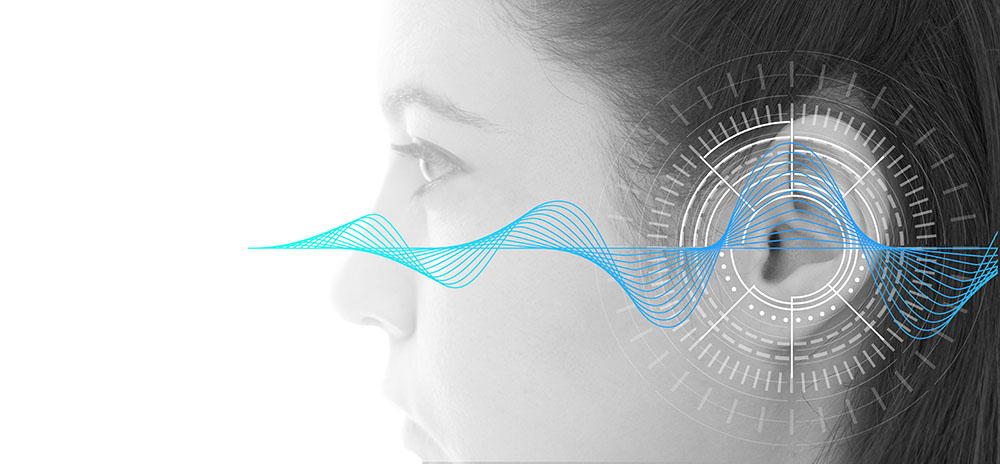Mirror Box Therapy for the Ears
Tinnitus, or ringing in the ears, is the perception of sound in the absence of corresponding external sound. Chronic tinnitus is often the consequence of hearing loss after repeated high-intensity noise exposure. More than 20 million Americans have tinnitus, and treatment options are scarce.
How the brain responds to such hearing loss could be the culprit of tinnitus: the brain continuously binds information obtained through sensory channels to form a coherent representation of the world. These pieces of information complement and confirm each other. Sometimes this binding goes awry, such as in the experience of phantom pain after an amputation. The nerve endings are gone, but the brain interprets this as pain and creates the illusion of a painful limb.
Mirror box therapy, where mirrors are placed so as to create an illusion of a limb in amputees, exploits the brain’s preference to prioritize vision over sensation. The illusion of seeing one's missing limb back in place can change how the brain interprets signals from those lost nerve endings and diminish the phantom pain. Researcher Clas Linnman, PhD of the Harvard Medical School Department of Physical Medicine and Rehabilitation at Spaulding Rehab applied a similar concept to tinnitus, which may have similar mechanisms.
In a new paper titled “Auditory mirror therapy for tinnitus, a pilot study,” published in the Journal of the American Academy of Audiology, detailed how a “mirror box for the ears” significantly reduces tinnitus handicap and awareness. “This mirror-box concept was applied to tinnitus, using a pair of headphones with built-in microphones. The microphones were swapped, so that sound coming to the right ear was transposed to the left ear canal, and sound coming to the right ear was transposed to the left ear canal. The result is that sounds at the left are heard as if originating from the right, and vice versa,” said study lead Dr. Linnman.
The uncontrolled trial had 20 subjects with chronic tinnitus, and participants used the mirroring headphones at home for a few hours per day for two weeks. Results indicate that exposing the brain audio-visual integration system to these types of challenge can help retrain phantom percepts and reduce tinnitus handicap. “These findings suggest a novel approach to a widespread problem and certainly encourage further study. We are hopeful this can greatly improve the quality of lives the millions impacted by tinnitus,” concludes Dr. Linnman.

